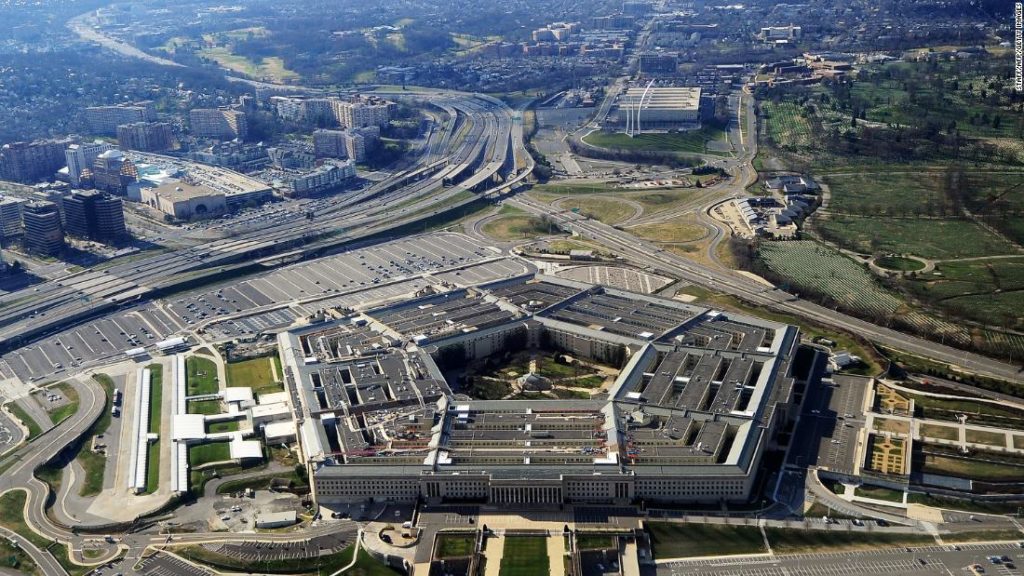
The policy, which has been roundly derided by LGBTQ activists as cruel and irrational, was first announced by Trump in July 2017 via Twitter. The ban specifically blocks individuals who have been diagnosed with a condition known as gender dysphoria from serving with limited exceptions. It also specifies that individuals without the condition can serve, but only if they do so according to the sex they were assigned at birth.
The White House declined to comment on the plans. White House press secretary Jen Psaki had said in a statement last week that the administration would lift the ban through an executive action in the early days or weeks of Biden’s presidency.
The study put the number of transgender people in the military at the time between 1,320 and 6,630. Gender-change surgery is rare in the general population, and the Rand study estimated the possibility of 30 to 140 new hormone treatments a year in the military, with 25 to 130 gender transition-related surgeries among active service members annually.
The cost could range from $2.4 million and $8.4 million a year, an amount that would represent an “exceedingly small proportion” of total health care expenditures, the study found.
Trump’s decision reversed a policy initially approved by the Defense Department under former President Barack Obama, which was still under final review, that would have allowed transgender individuals to openly serve in the military.
CNN’s Donald Judd, Zachary Cohen, Barbara Starr and Jeremy Diamond contributed to this report.
You may also like
-
UK coronavirus variant has been reported in 86 countries, WHO says
-
NASA technology can help save whale sharks says Australian marine biologist and ECOCEAN founder, Brad Norman
-
California Twentynine Palms: Explosives are missing from the nation’s largest Marine Corps base and an investigation is underway
-
Trump unhappy with his impeachment attorney’s performance, sources say
-
Lunar New Year 2021: Ushering in the Year of the Ox

